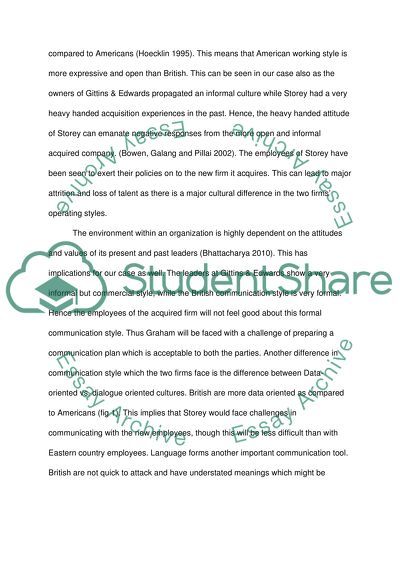Cite this document
(The Human Resources Challenges due to Companies' Internationalization Case Study, n.d.)
The Human Resources Challenges due to Companies' Internationalization Case Study. Retrieved from https://studentshare.org/human-resources/1593948-storey-co-case-study-analysis
The Human Resources Challenges due to Companies' Internationalization Case Study. Retrieved from https://studentshare.org/human-resources/1593948-storey-co-case-study-analysis
(The Human Resources Challenges Due to Companies' Internationalization Case Study)
The Human Resources Challenges Due to Companies' Internationalization Case Study. https://studentshare.org/human-resources/1593948-storey-co-case-study-analysis.
The Human Resources Challenges Due to Companies' Internationalization Case Study. https://studentshare.org/human-resources/1593948-storey-co-case-study-analysis.
“The Human Resources Challenges Due to Companies' Internationalization Case Study”. https://studentshare.org/human-resources/1593948-storey-co-case-study-analysis.


